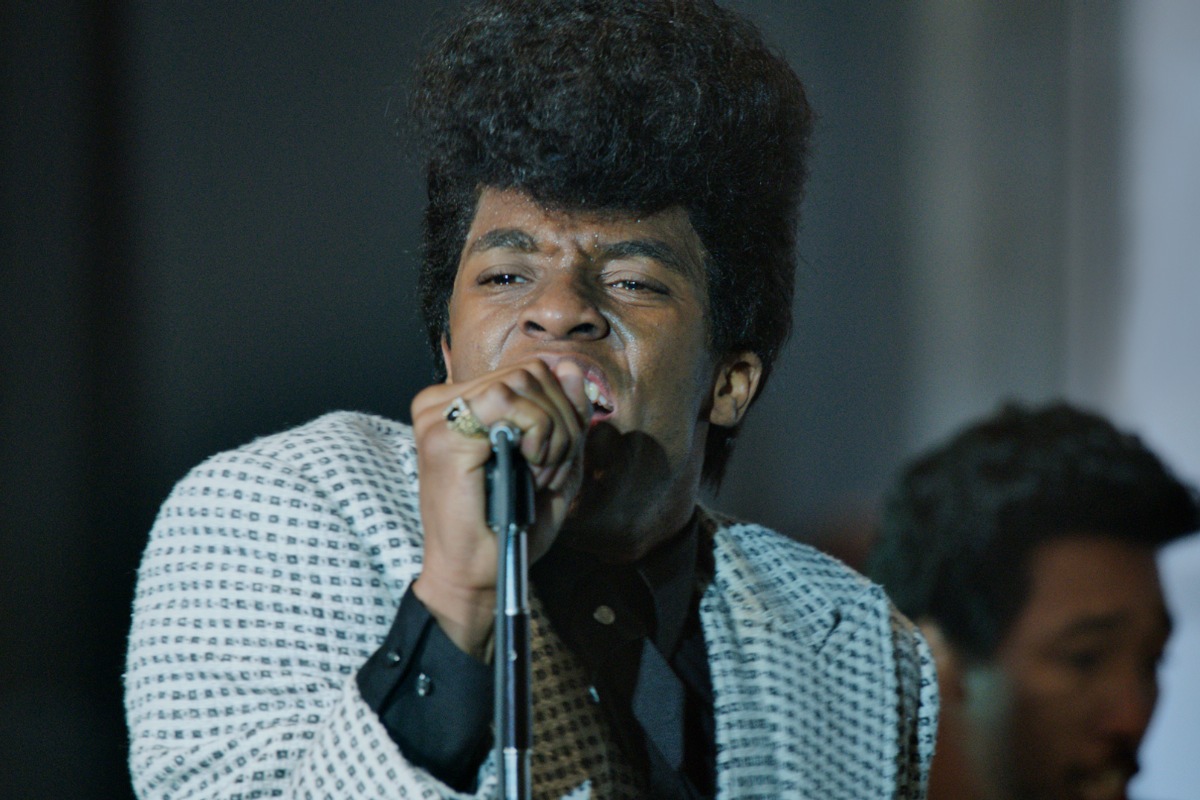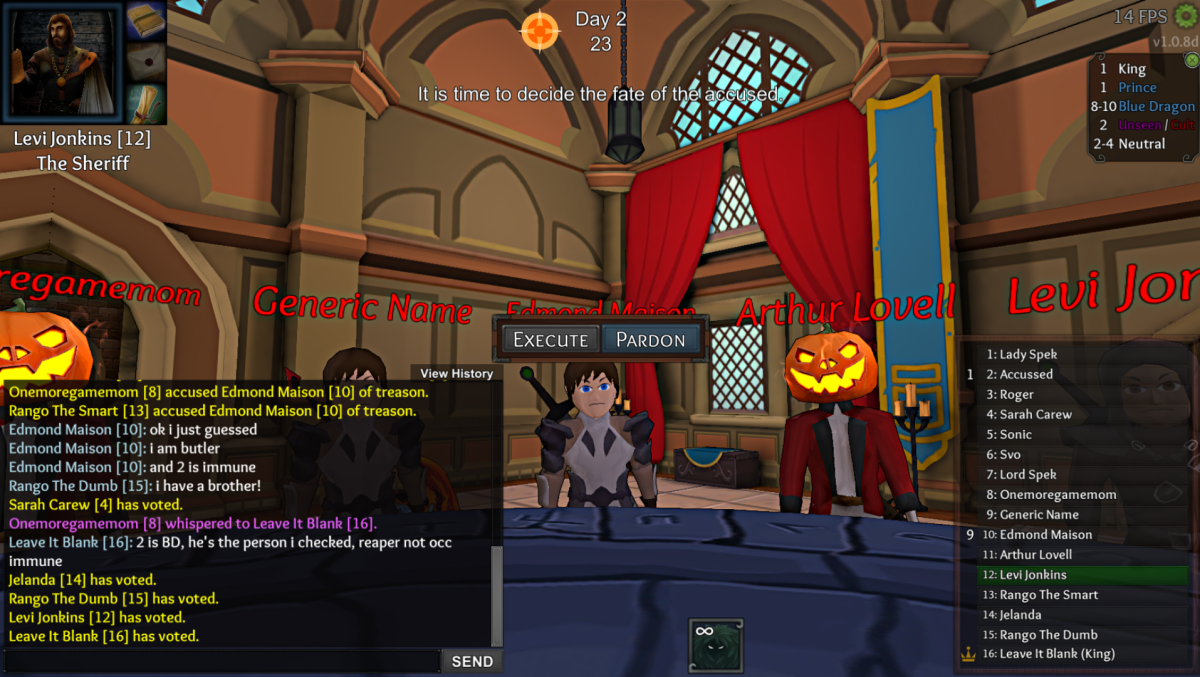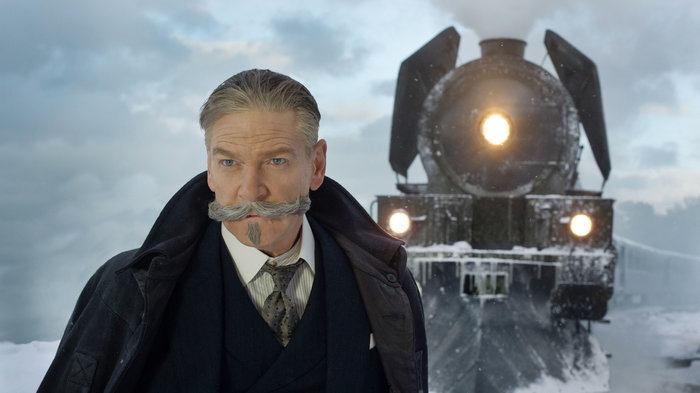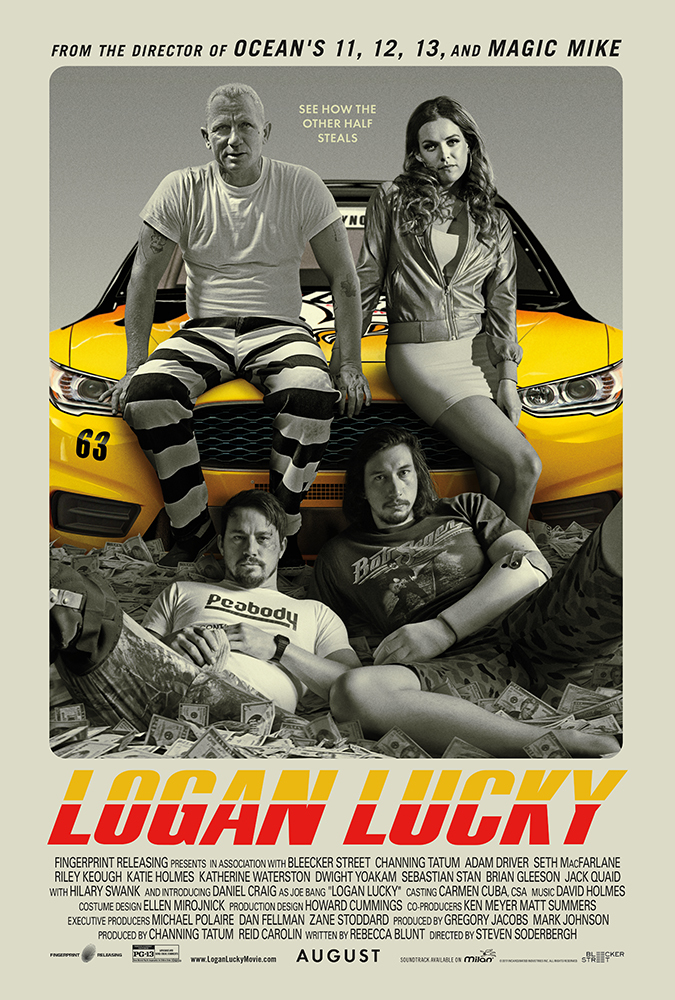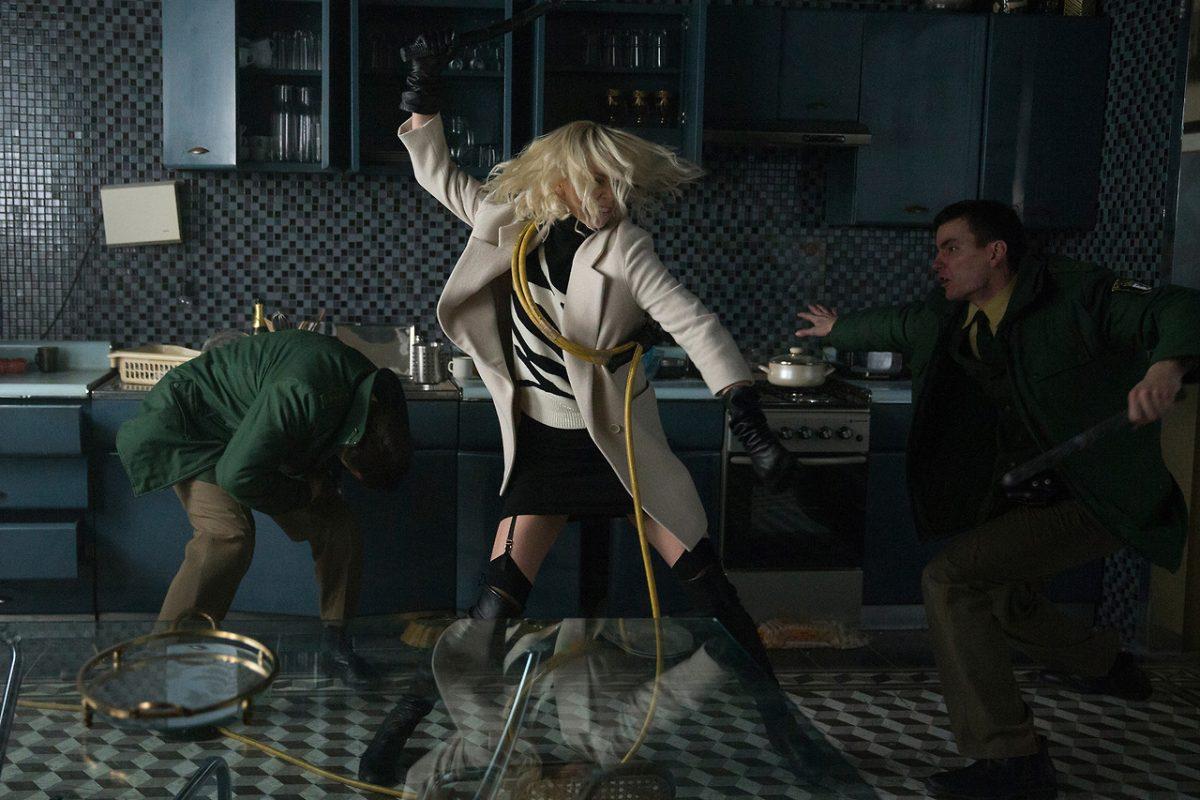James Brown, the godfather of soul, gets the biopic treatment in “Get On Up.” It won’t disappoint.
The film goes against the classic biopic structure by hopscotching around Brown’s life. For example, the film opens with five minutes of a drug-addled Brown wildly wielding a shotgun during an insurance seminar, upset because someone used his private bathroom. Then, the film jumps to Brown as a nine-year-old child in Georgia, playing tag with his mother. Each of these sequences is labeled with a date and nickname Brown was given or chose himself (ex. Little Junior, Mr. Dynamite, The Hardest Working Man in Show Business, etc.). This cross cutting lets audiences avoid the scenes we’ve seen a dozen times over. However, the execution isn’t perfect, and the timeline can get confusing.
Yet, the performances here manage to keep this film together. Namely, Boseman as Brown is incredible. The cockiness, magnetism, raspy voice, animalistic screams and relentless energy are all present. There’s a great scene in which Brown harshly instructs his band to play music like every instrument is a drum and with no need for a time signature. He’s a maniacal but genius boss, so they reluctantly follow him and create the music we still recognize to this day. The underrated Boseman is most famous from his role as Jackie Robinson in last year’s biopic “42.” This role is an interesting contrast to that one. While Robinson was forced to bottle up his anger, James Brown was the exact opposite. He was black and proud in a world that wasn’t ready to accept black performers.
The film also showcases many of Brown’s performances on stage. The music is from Brown’s vinyl but the moves that inspired Mick Jagger (who is a producer on this film) and Michael Jackson are all Boseman here.
The supporting cast, which is almost entirely African American, doesn’t drop the ball either. Although they got top billing for this film, Octavia Spencer and Viola Davis are barely in the film. They each leave an imprint on the movie though, and James Brown for that matter, as the two mother figures in his life. Nelsan Ellis grounds “Get on Up” with a warm performance as Bobby Bird, the supporting character and friend in Brown’s life. Brandon Smith also gives a flashy and memorable performance as Little Richard.
Director Tate Taylor is most known for 2011’s “The Help.” That movie weakly and artificially portrayed racism in the South with white bigotry portrayed as caricature. Some of that is still present here, with a less-than-stellar cameo from the almost always great Allison Janney.
Yet, there’s improvement shown in “Get On Up,” and it could be due to the script by Jez and John-Henry Butterworth. A powerful moment arises when a young Brown picks shoes off of an African-American hanging from a tree. Brown is so dirt poor that these two-tone shoes are his first pair. This film doesn’t deify Brown like most mediocre biopics do. Brown was charismatic, but he also was a womanizer and fickle with his money. Furthermore, the context of Brown’s life is present. Famous moments like his upstaging of the Rolling Stones on “The T.A.M.I. Show” and his quelling of an African-American crowd in Boston after the murder of Martin Luther King Jr. are included.
Fans of James Brown will find a lot to like here. Others might be less enthralled. The lack of dramatic tension makes the film feel long. The jumping around in the timeline allows the film to escape many biopic pitfalls, but Taylor forgets to include a through line to bind the movie together. The film has an uneven tone, yet the performances hold it together. “Get on Up” is an eclectic mess at times, but Boseman as Brown will be one of the year’s best performances, and it’s not to be missed.
Categories:
Star performance keeps James Brown biopic afloat
August 4, 2014
Universal pictures|Courtesy
Chadwick Boseman delivers in his performance as James Brown in “Get on Up.” Named after the Brown song of the same name, the film explores the highs and lows of the star’s often wild and unpredictable career as a soul musician.
Story continues below advertisement
0
Donate to The UTD Mercury
Your donation will support the student journalists of University of Texas at Dallas. Your contribution will allow us to purchase equipment and cover our annual website hosting costs.
More to Discover

